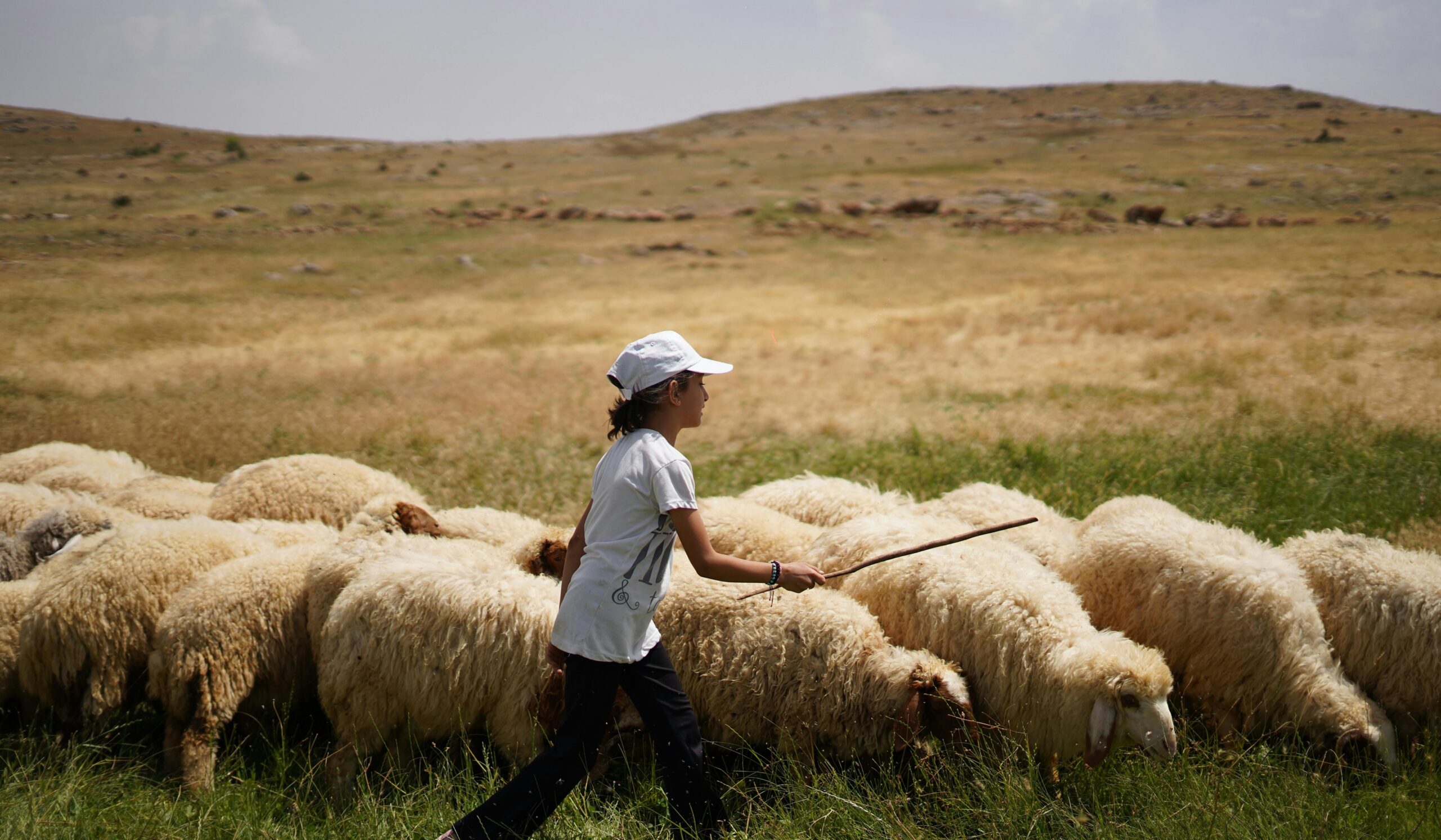
Six Crippling Realities We Must Address in Today’s Kids: Part One
By Tim Elmore
I spoke to an audience of parents recently and found a common thread among their concerns for their children. One after another shared how their child or teen:
- Needed extra attention to complete assignments.
- Was easily upset or paralyzed by normal hardships.
- Hesitated to take on new projects or opportunities.
- Struggled to adapt to new situations.
Unfortunately, this is a pattern I hear too often from educators, parents, coaches, and employers. The issues below have diminished the drive for maturation in many kids. I see less holistic maturation and more categorical maturation. Too many teens, for instance, have lower aspirations to get their driver’s license when they’re eligible. They’re less likely to move out of a parent’s home as adults, and they prolong their adolescence as they postpone various adult responsibilities. Truth be told, adolescence is expanding on both sides: kids enter adolescence earlier, being exposed to realities sooner, yet they remain in it longer, postponing adult tasks.
To be clear, I’m not suggesting that all of these current realities are terrible. Throughout history, adulthood has arrived at different ages in cultures around the world. I’m only suggesting that if our young adults are capable of growth and progress and we let them settle for less, we’ve failed in our job as caring adult leaders.
My goal in this brief series is to identify the handicaps today’s emerging generation faces and then identify how caring adults can compensate for these through our healthy responses.
1. Exposure is up. Experience is down.
We all recognize that children are exposed to information earlier than in past generations, thanks to our portable devices. Some nine out of ten preschoolers are on a tablet by age four. Simultaneously, however, parents have been so safety conscious that we’ve removed some traditional risk-taking behaviors for fear kids will be endangered, such as exploring on their own, walking to a community park, or even riding their bikes outside the neighborhood. As a parent, I recognize how unsafe our world seems today, but the data shows it’s actually safer than it was when I was a child. The 24/7 news cycle has cultivated fear-based leadership: we fear abductions, accidents, and litigation. Social researchers confirm, however, that calculated risks accelerate their maturation in a way no video or lecture can. Motor skills and their prefrontal cortex develop as they take risks through independent experiences. Without them, we cultivate “artificial maturity,” which looks real but is only cognitive, not holistic growth.
What should we do? Create a plan to allow kids to try new things, to enjoy experiences that are unpredictable or unguaranteed. These should be age-appropriate and calculated to expand their perspective and mature them socially and emotionally. Eventually, these experiences should be unsupervised. They can include climbing the jungle gym at five; riding a bike to unfamiliar places at eight; trying a job at twelve; driving a car as soon as it’s legal; traveling without parents, etc. Many teens from Generation Z not only suffer from FOMO (fear of missing out) but FOMU (fear of messing up). We must nudge them to try new, scary experiences, proving that failure isn’t fatal but rather helps them to grow in the process. Messing up (and learning from it) prepares them for young adulthood.
2. Stimulation is up. Critical thinking is down.
We’ve all become accustomed to the constant pinging of our smartphones: notifications, text messages, alerts, pop-ups, you name it. I have no doubt, we are the most stimulated generation in history. Sadly, the unintended consequence is we begin to depend on the ping or the ring and fail to pause and reflect on our own. We slip into reactionary mode and seldom make time for critical thinking, where we analyze or evaluate an idea without the input of someone else. I read recently that seventy percent of Americans do not think on their own and an equal amount don’t know basic facts about their country, according to a report by Rachel Quigley in The Daily Mail. They allow commercials, pop-ups, ads, and billboards to tell them what to do. It’s alarming. If there’s truth in this statistic, we’re not in good shape to shape the future. When stimulation is high, we begin to play defense rather than offense in our lives. We can become overwhelmed with thousands of messages coming at us daily. In this state of exhaustion, we tend to look to others for endorsements or direction on what to buy, where to travel, who to know…almost everything. Obviously, this isn’t evil, but we become imitators, not originators.
What should we do? Look at their calendar and together plan for margin in the coming weeks. Choose to cut some of the noise and clutter from their days. Margin will save us going forward. Then, begin to talk about the input you receive on a regular basis. Debrief movies, textbooks, conversations they had, news stories and classes. Process how to think about them. When they share opinions, ask them to communicate their reasoning. I did this with my kids as they grew up. We enjoyed countless Starbucks drinks, evaluating and thinking critically about these items. Today, children need to take time to think and form their own perspectives, apart from their parents. Teach them to affirm who they are, so they don’t seek so much validation from others.
This is the first part of a three-part series. In next week’s post, I will continue this list of crippling realities and what to do about them. To read part two of the series, click here.






